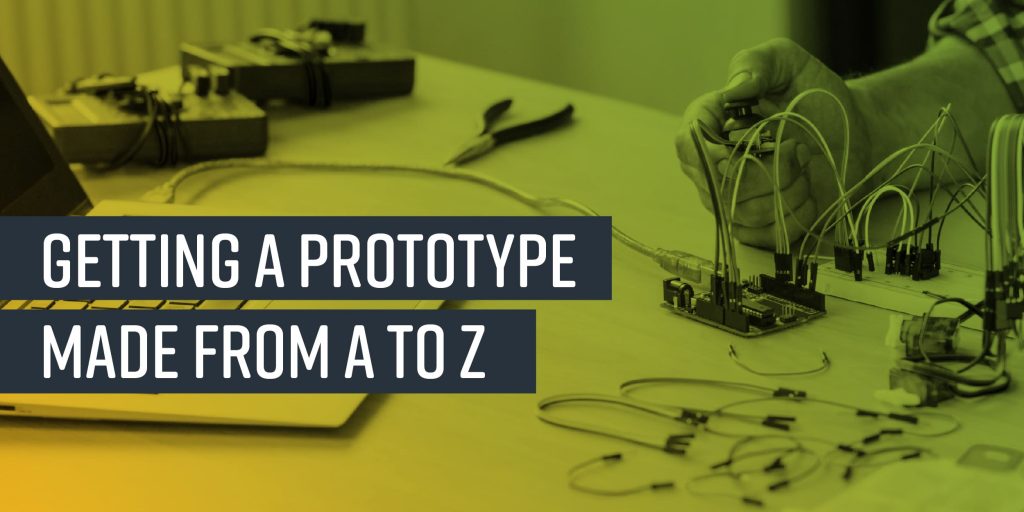A lot of thought and effort goes into making a beta prototype, but getting it to a point where it’s ready for production is a different matter entirely. Here are the three most important things to know as you develop your prototype:
- Clearly identify what or who you are building the beta prototype for.
Your first attempt at proving out a technology or concept is often referred to as an Alpha prototype. Frequently these are developed in a laboratory or under specialized conditions, to simply demonstrate the key features and functionality, and prove that the concept has merit.
Once that step is complete, a more polished Beta prototype is usually developed so that the concept can be demonstrated to potential customers (or investors) in a commercial environment for feedback. These customers will have certain expectations with regard to the product’s features, performance, durability, etc., especially as compared to any competitors.
In either case, Alpha or Beta, knowing the purpose of the prototype will help you design and test it accordingly so that you can get the most useful information from your efforts.
- Know when it is time to move on from Alpha to Beta to locking your design and starting production.
It is common to solicit feedback from customers, refine the prototype based on their comments, and then show it to customers again. By making several product iterations you may even uncover additional product benefits that can be incorporated into the design, or stumble on patentable features that make your IP (intellectual property) protection even stronger.
In fact, this process of tweaking the design and getting additional feedback can and should be repeated multiple times to improve the product’s appeal and remove any barriers to customer purchase. Beware, however, of getting into an endless loop where you constantly strive for perfection but never proceed to a point where the product design can be locked and the production process can begin.
- Be mindful of the materials and manufacturing processes you will use in the final product.
New technologies like 3D printing (in an ever-expanding variety of materials) make it easy to create complex 1-off prototypes that can be updated quickly and efficiently. But as manufacturing methods go, most of these rapid prototyping technologies are not scalable. Not only are 3D printed and similarly produced products expensive on a per-piece basis, but they take much longer to produce than more traditional technologies (injection molding, machining, forging, etc.).
As you refine your prototype, you will also want to consider what the final materials will be, which will help determine the best manufacturing methods. It is also good practice to utilize DFM (Design for Manufacturability) methods, which will help optimize manufacturing efficiency and ultimately result in lower-cost parts.
So while your immediate goal with your beta prototype may be to prove its functionality or get feedback to improve its features, you should try to think long-term about what the final product will be. This will help you transition to a manufacturable product more easily, and set you up nicely for when you go into production.
For additional help on navigating the prototyping process or finding the right resources to advance your product to the next level, check out the Build4Scale™ website https://build4scale.llnl.gov/modules.php (Module 4A deals specifically with prototype considerations) or reach out to FuzeHub directly here.

